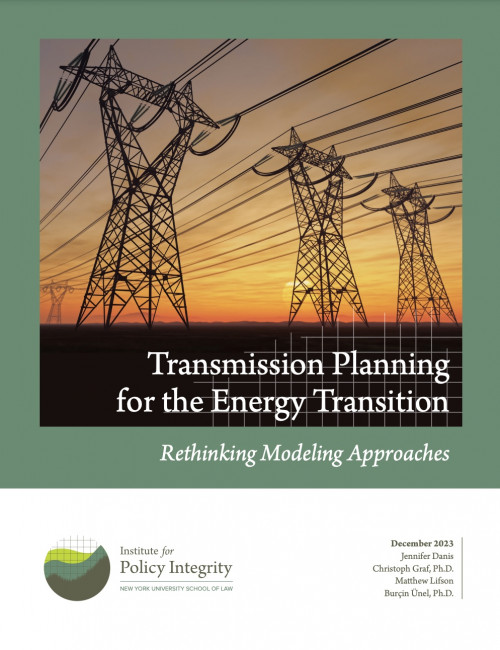Transitioning to a resilient and clean energy system is vital for confronting the challenges of climate change. While there is no doubt that a robust electric transmission system is key to this transition, there is less consensus on how to plan and structure the needed transmission investment.
Historically, transmission planning has been reactive and compartmentalized, with separate efforts focusing on reliability, public policy alignment, and economic needs. However, a cost-effective clean energy transition will require building the right transmission lines at the right locations, with the right capacity, and in the right order. This will only be possible with proactive and holistic transmission planning. And this kind of planning requires a paradigm shift in transmission planning models.
This report examines the critical role of modeling details and assumptions that planners frequently ignore. We first provide an overview of the wide array of choices planners have when designing traditional transmission planning models. We then discuss how planners need to rethink these choices to account for the rapidly evolving energy system and the additional uncertainties climate change brings. Finally, we present a modeling case study to show how important these modeling choices could be for transmission outcomes.

